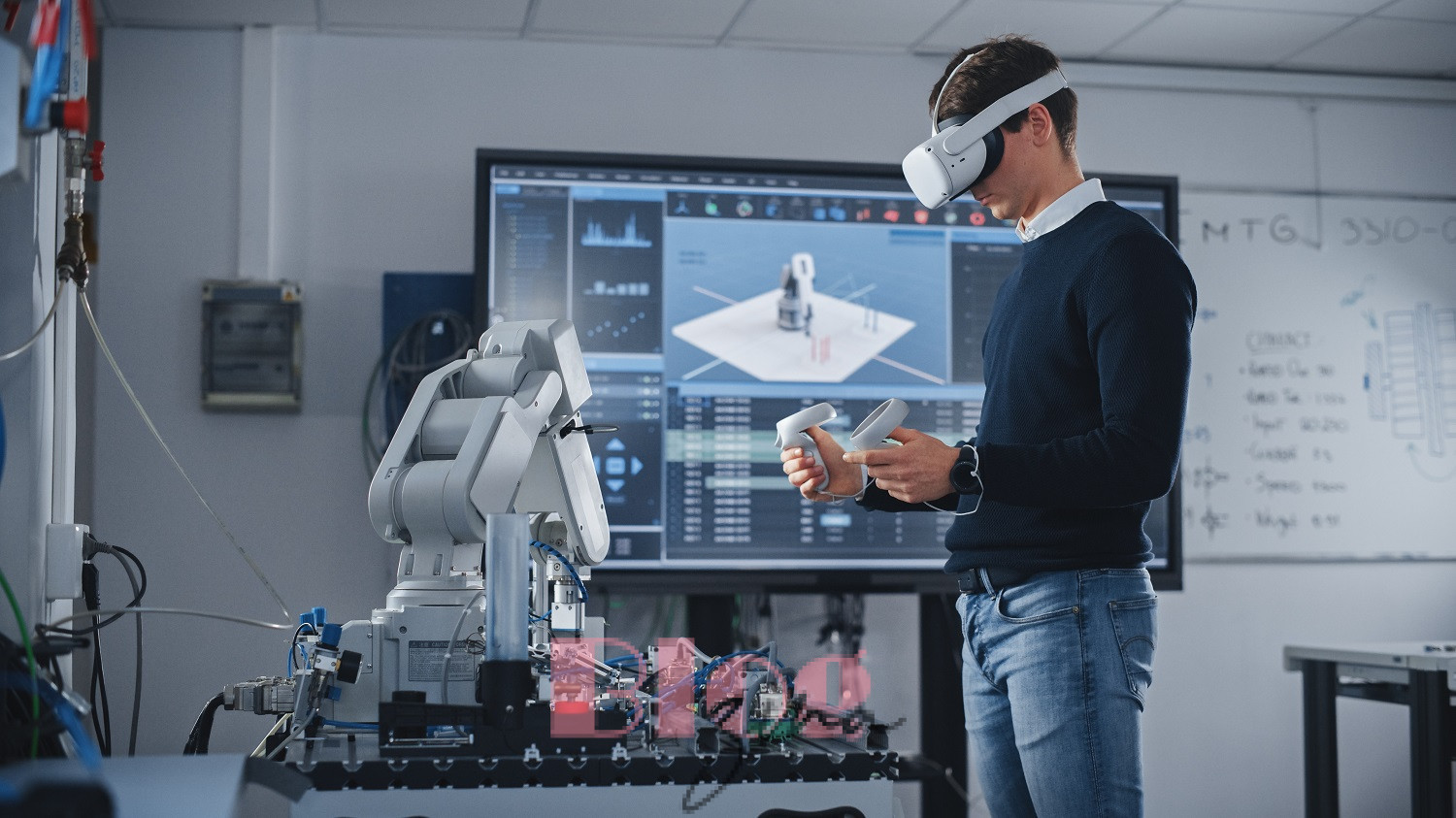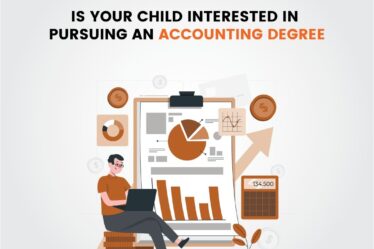
In 1966, a film “Fantastic Voyage” was released in which a submarine and its crew shrink to the minute size of a human cell so that they can ride through the bloodstream of a scientist and remove a blood clot in his brain.
It was an imaginative science fiction tale that spoke about the human desire to explore different things impossibly.
It was just a dream at that time but Virtual reality technology has made it possible. Students in higher educational institutions are doing just that with few clicks.
How?
Simply by wearing a headset in the virtual reality labs. They have the opportunity to go on a virtual field trip that ranges from ancient times to the cellular-level passageways within the human body. Thus, making their learning experience unforgettable.
Let’s learn about this in detail below-
Rise of Virtual Reality in Education
It is always a struggle for educators to translate theoretical knowledge into real-world applications within the traditional educational setup.
This not only impacts the effectiveness of teaching but also results in less or no engagement of the students during lectures.
It is a matter of fact that the theoretical concepts, though essential, often fail to resonate with students when confined to textbooks and lectures.
Thus, creating a learning gap that impedes student understanding and engagement, leaving students craving for a more immersive and interactive learning experience.
Benefits of Virtual Reality Education
From overcoming the barriers of space and time to fostering active learning among students, virtual learning offers a bunch of benefits over traditional teaching methods. Some of them are explained as follows-
Breaking the Barriers of Space and Time–
The traditional education approach limits the students’ learning within its boundaries. But, these boundaries are transcended by the use of virtual reality in higher education classrooms.
It unlocks a virtual world of endless possibilities where students can travel through time and space. This means the students can now go through the immersive experiences that allows them to encounter historical events, microscopic structures, and scientific phenomenon first-hand.
Thus, VR makes learning interesting for the students, enhancing their engagement and retention rate.
Unforgettable Virtual Field Trips
Imagine a classroom where students learn not only by listening but also by viewing the concepts in action. VR has made it possible for the students to go on the virtual field trip.
With the help of VR, a history student can study ancient civilizations by virtually walking through the ruins of Machu Picchu.
The medical student can explore and look at the intricacies of the human body at the cellular level and the engineering student can take a close look at the working of the complex machinery at their working site.
With these features, the learning of complex concepts not only becomes enjoyable but this also enhances the retention rate of the students by creating vivid memories associated with the subject matter.
Bridging the Gap Between Theory and Practice
The traditional educational approach restricts the students from understanding the practical applications of the theoretical concepts that they learn during their course.
However, with VR in the classroom, the complex concepts that seemed abstract in traditional settings become tangible and understandable in the immersive world of VR.
This means whether it’s physics principles demonstrated through interactive simulations or historical events recreated in a virtual environment, students can now grasp concepts with greater clarity.
Fostering Active Learning
Active learning is one of the most essential aspects of student development. However, the traditional education approach makes students mere passive participants where they have to sit in rows and listen to their teachers addressing them at the front.
Conversely, a virtual reality classroom actively engages students in the learning process. It motivates the students to explore, interact, and directly engage with the subject matter in such a way that education gets transformed into an unforgettable hands-on experience.
By actively participating in virtual scenarios, students not only deepen their understanding of complex concepts but also master their critical thinking skills and problem-solving abilities overcoming the challenges of tomorrow.
Challenges and Future Prospects
Though VR promises amazing potential in the educational sector, certain challenges need to be addressed. Like, technological barriers, such as the need for high-quality VR equipment and reliable internet connections, can limit widespread adoption.
To overcome these challenges, higher education institutions need an ongoing investment in the infrastructure along with technological advancement.
As VR technology advances, teachers need to adapt this immersive technology to maximize its impact. Additionally, ongoing research is crucial to identifying the most effective ways to leverage virtual reality for diverse subjects and learning styles.
To conclude, the introduction of VR in education is the ultimate key to a new era of education that is highly immersive, engaging, and accessible to all students irrespective of his location.
As we continue to push the boundaries of what is possible in education, the fantastic voyage initiated by virtual reality promises to reshape the landscape of advanced learning, providing students unprecedented opportunities to explore, understand, and remember the world around them.
Are you prepared for this future?

